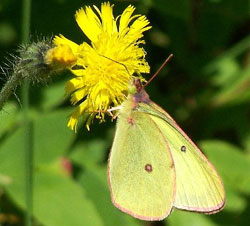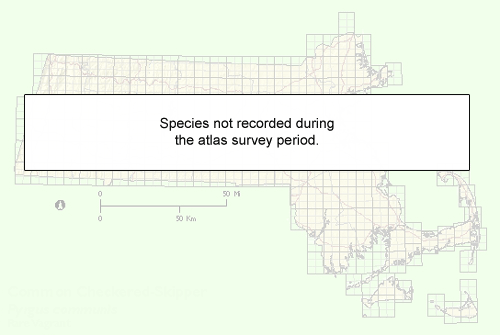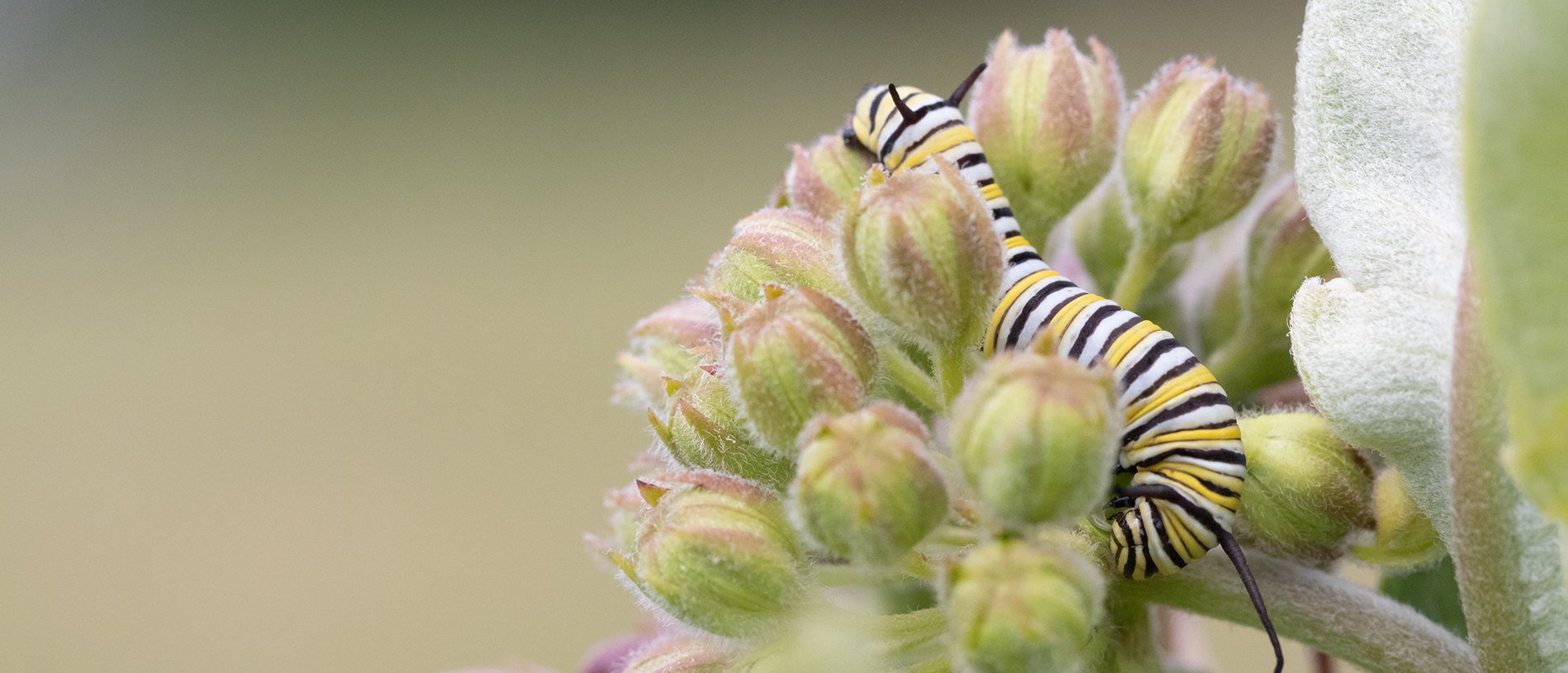Find a Butterfly
Pink-edged Sulphur
Colias interior
Named
Scudder, 1862

Identification
Wingspan: 1 3/8 - 1 3/4". Very similar to Clouded Sulphur (Colias philodice), but readily distinguished by comparing underwing patterns. The main central (disco-cellular) spots are smaller in interior, the silvery hindwing spot having only a single border rather than the double ring present in philodice. Interior also lacks the small submarginal dots and the "clouding" of dark scales on the underside of the hindwing that is typical of philodice in spring and fall. Female interior is very distinctive with the black borders of the upper side reduced to dark shading near the tip of the forewing. The pink-edge is typically broader in interior, but that of philodice can be very prominent, and this is not a very useful field mark.
Distribution
Transcontinental in northern North America from British Columbia and Oregon (in the mountains) east through the Canadian Provinces and northern tier of states to southern Labrador and Newfoundland. Its distribution essentially coincides with the Canadian Zone or Northern Coniferous Forest biome. In the East, isolated populations also occur at higher elevation (c. 4000 ft.) in the Appalachians in Virginia and West Virginia. Some authorities consider the western populations a distinct species. In New England it becomes common only in the boreal regions of Maine, northern New Hampshire, and northern Vermont.
Status in Massachusetts
Known in Massachusetts from a single specimen taken in Rockport (Essex Co.) on 19 July 1955 by James Holmes; specimen deposited in the Museum of Comparative Zoology at Harvard University. Although it is tempting to regard this individual as a stray, John Burns (Associate Curator of Lepidoptera at the MCZ) offered the firm opinion that "Your specimen was not a stray but, instead, a member of a resident colony at Rockport" (letter to James Holmes, 18 February 1971). Such a colony has never been located by more recent workers on Cape Ann, and the species was not found during the atlas period (1986-90). However, its preferred foodplant, Velvetleaf Blueberry, is not uncommon locally in the higher and more northerly parts of western Massachusetts, and it is possible that it has been overlooked. Once listed as a species of Special Concern under the Massachusetts Endangered Species Act, the species was delisted in 1991 due to lack of recent evidence that it is resident in Massachusetts.

Flight Period in Massachusetts
One flight: possibly flies from mid-June through the third week in August (based on its season in northern New England, the Adirondacks, and the mountains of Virginia).
Larval Food Plants
Recorded from a number of blueberry (Vaccinium) species. In New England it appears to prefer Velvetleaf Blueberry (V. myrtilloides), but it has also been reported to eat Dwarf Bilberry (V. cespitosum), and two species of lowbush blueberries (V. angustifolium and V. vacillans). The last two species are common on poor, thin and acidic soils throughout Massachusetts, including the area where the Rockport specimen was caught, but clearly this does not influence the southward distribution of this butterfly.
Adult Food sources
Bristly Sarsaparilla is cited by Opler and Krizek (1984). Like the sulphur, this plant is characteristic of well drained barrens and burned over areas. Interior doubtless visits many other species as well.
Habitat
Heathy barrens, rocky balds, forest openings, old beaver meadows, recently burned areas, and other open habitats, typically in the boreal zone.
Life Cycle
EGG: White turning orange, spindle shaped; laid near the end of July and hatches in 7 days (Scudder, 1889). OVIPOSITION: Eggs are laid singly on leaves of host plant LARVA: Yellow-green when mature with a darker stripe down the back and a white and red line along the sides. The young larva may eat little in its first season. CHRYSALIS: Green with yellowish marking and a small "head horn"; attached by a silken girdle to a plant stem. OVERWINTERING STAGE: Usually overwinters in its third instar, but occasionally does so in its first or second growth stage.
As is typical of other sulphurs, freshly emerged males of this species are known to congregate around mud puddles or on other wet ground. Also reported to be attracted to wood ash around campsite hearths (Tudor, pers com.)
Notes
Collectors since Scudder‘s day have agreed that interior is slower flying than its closest relatives. Geddes (quoted by Scudder, 1889) says -- with a touch of Victorian rectitude?-- "apparently a lazy insect". By contrast at least one modern collector has found it "very difficult to net".
Account Author
Chris Leahy



